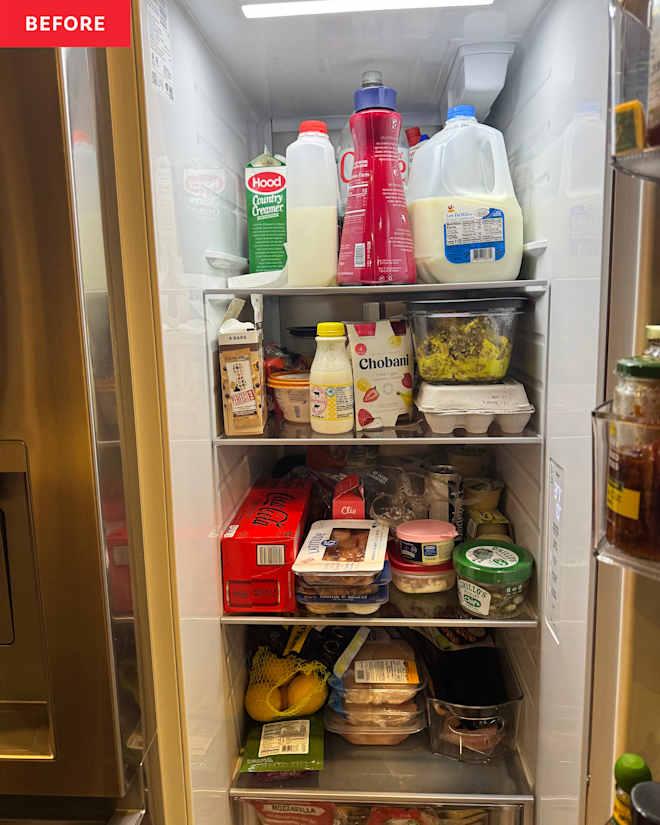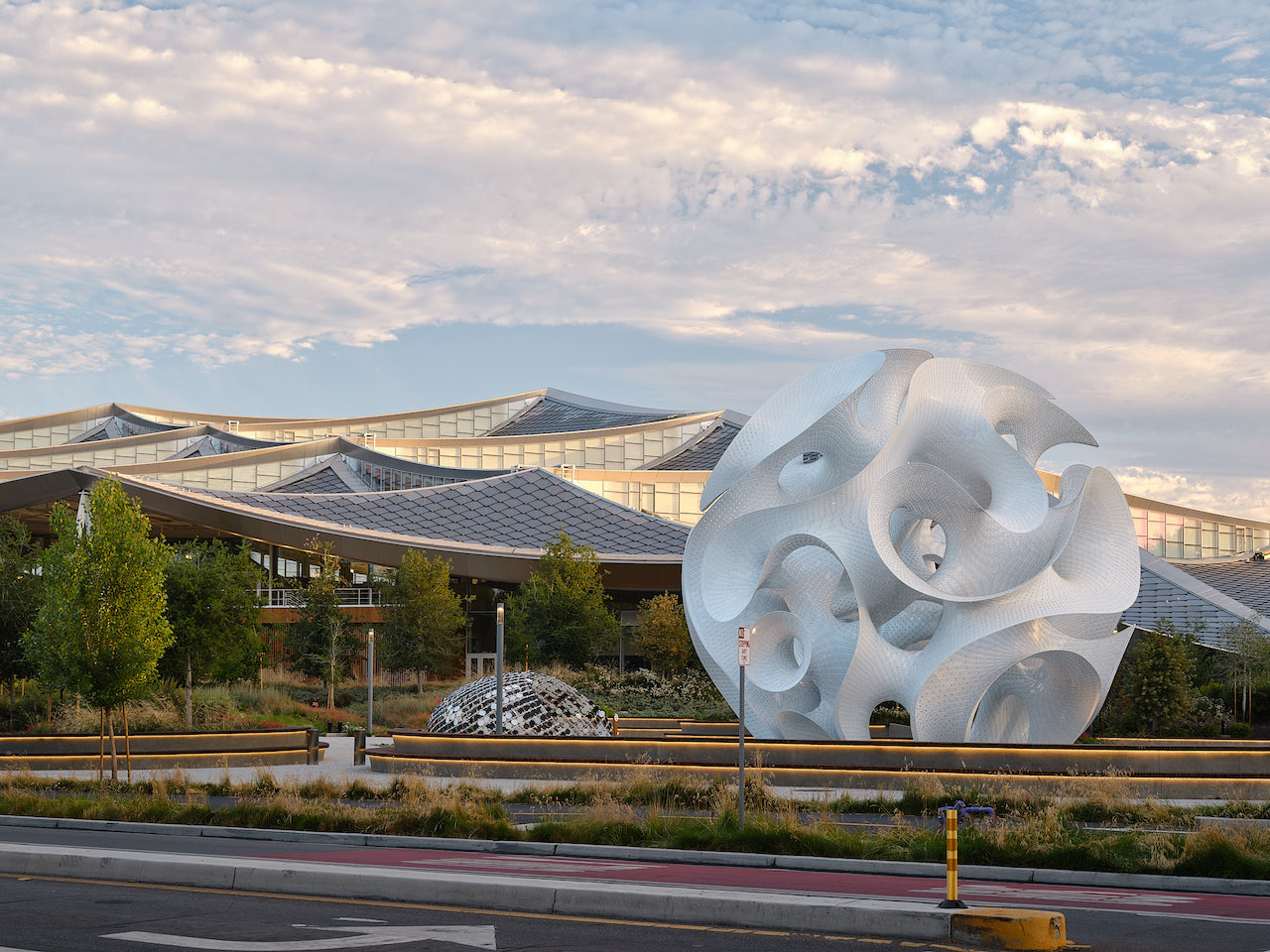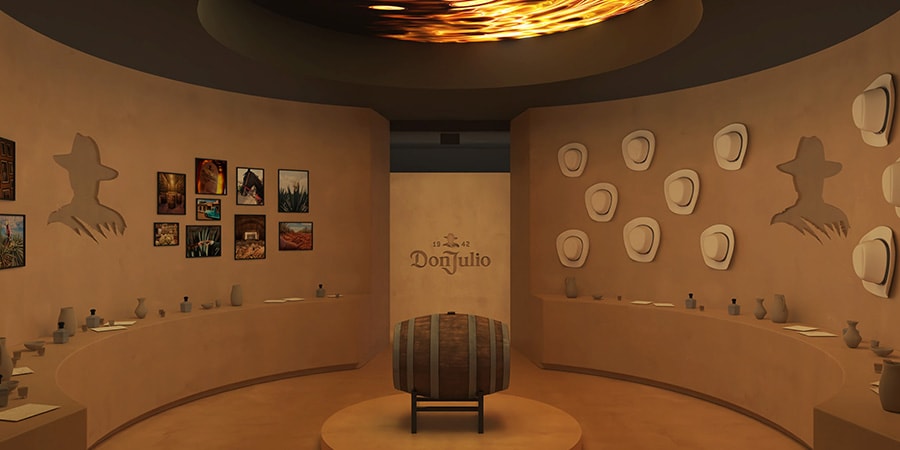RAF Harrington in Harrington, England
RAF Harrington, the remains of which still stand on a piece of farm land, first opened in September 1943 and was originally intended for the No. 84 Operational Training Unit. RAF Harrington is considered to be the most intact of the 20 former Thor missile sites and is therefore an important piece of Cold War architecture.United States Army Air Forces (USAAF) Eighth Air Force and engineer battalions from the US Army converted the area for heavy bomber use in spring 1944. The airbase became USAAF Station 179. A number of USAAF units were stationed there throughout World War II, the first unit being the 801st Bombardment Group in March 1944. The 801st Bombardment Group became well known for their role in Operation Carpetbagger. The Carpetbaggers would fly Special Operations missions, delivering supplies to resistance groups in enemy occupied territories. Following the Second World War, RAF Harrington gradually fell into disuse and began to return to farmland. In the aftermath of the war, tensions were high between the US and Soviet Union and thus began a terrifying arms race. Fearful that the Soviets would deploy a long-range ballistic missile before the US, the United States Air Force (USAF) and the Douglas Aircraft Corporation began developing the Thor intermediate-range ballistic missile, with thermonuclear warheads, between 1955 and 1956. This program progressed quickly as a stop-gap measure and within three years of its inception, twenty RAF Thor squadrons (Project Emily) became operational in the UK. In 1958, the former airbase at Harrington was repurposed as one of these Thor missile sites, as part of the British nuclear deterrent. Three concrete, rocket launch pads were constructed, as well as a number of ancillary buildings; the perimeter was once again fenced off and the site declared top secret. The Intercontinental ballistic missile was soon developed and as soon as this became operational in the US, the Thor missiles were quickly retired in the UK. The last of these missiles were withdrawn from operational alert in 1963. With the end of Project Emily, RAF Harrington was once again returned to agricultural use and many of the concreted areas were removed. Today, all that remains are the ruins of the three Thor Missile launch pads, the pyrotechnic store and the classified storage building. In 2011, following the 50th anniversary of the Cuban Missile Crisis, the Thor missile site at Harrington was awarded Grade II listed status.


RAF Harrington, the remains of which still stand on a piece of farm land, first opened in September 1943 and was originally intended for the No. 84 Operational Training Unit. RAF Harrington is considered to be the most intact of the 20 former Thor missile sites and is therefore an important piece of Cold War architecture.
United States Army Air Forces (USAAF) Eighth Air Force and engineer battalions from the US Army converted the area for heavy bomber use in spring 1944. The airbase became USAAF Station 179. A number of USAAF units were stationed there throughout World War II, the first unit being the 801st Bombardment Group in March 1944.
The 801st Bombardment Group became well known for their role in Operation Carpetbagger. The Carpetbaggers would fly Special Operations missions, delivering supplies to resistance groups in enemy occupied territories.
Following the Second World War, RAF Harrington gradually fell into disuse and began to return to farmland.
In the aftermath of the war, tensions were high between the US and Soviet Union and thus began a terrifying arms race. Fearful that the Soviets would deploy a long-range ballistic missile before the US, the United States Air Force (USAF) and the Douglas Aircraft Corporation began developing the Thor intermediate-range ballistic missile, with thermonuclear warheads, between 1955 and 1956.
This program progressed quickly as a stop-gap measure and within three years of its inception, twenty RAF Thor squadrons (Project Emily) became operational in the UK. In 1958, the former airbase at Harrington was repurposed as one of these Thor missile sites, as part of the British nuclear deterrent.
Three concrete, rocket launch pads were constructed, as well as a number of ancillary buildings; the perimeter was once again fenced off and the site declared top secret.
The Intercontinental ballistic missile was soon developed and as soon as this became operational in the US, the Thor missiles were quickly retired in the UK. The last of these missiles were withdrawn from operational alert in 1963.
With the end of Project Emily, RAF Harrington was once again returned to agricultural use and many of the concreted areas were removed. Today, all that remains are the ruins of the three Thor Missile launch pads, the pyrotechnic store and the classified storage building. In 2011, following the 50th anniversary of the Cuban Missile Crisis, the Thor missile site at Harrington was awarded Grade II listed status.




![‘Jurassic World Evolution 3’ Coming October 21 [Trailer]](https://bloody-disgusting.com/wp-content/uploads/2025/06/evolution3.jpg)
![‘Dying Light: The Beast’ Arrives August 22 [Trailer]](https://bloody-disgusting.com/wp-content/uploads/2025/06/thebeast.jpg)
![‘Deadpool VR’ Coming to Meta Quest 3 and 3s Later This Year [Trailer]](https://bloody-disgusting.com/wp-content/uploads/2025/06/deadpoolvr.jpg)
![‘Resident Evil Requiem’ Coming February 27; Playable at Gamescom! [Trailer]](https://bloody-disgusting.com/wp-content/uploads/2025/06/re9a.jpg)















































![Metaphysical Pop [THE MUSIC OF CHANCE]](https://jonathanrosenbaum.net/wp-content/uploads/2011/05/the-music-of-chance-patinkin-kid-1.jpeg)












































![‘I Don’t Understand You’ Directors Brian Crano & David Joseph Craig On Working With Nick Kroll, Andrew Rannells & Making A Vacation Horror Comedy [Interview]](https://cdn.theplaylist.net/wp-content/uploads/2025/06/06125409/2.jpg)












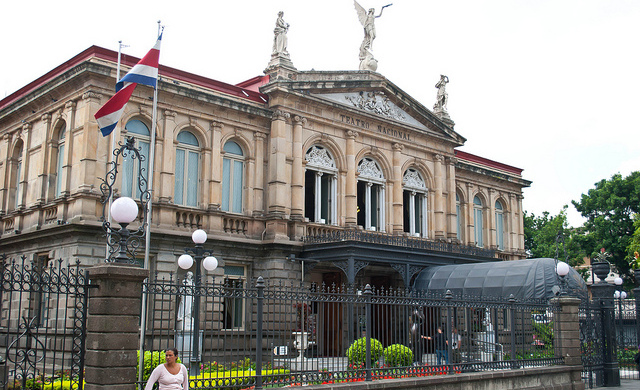









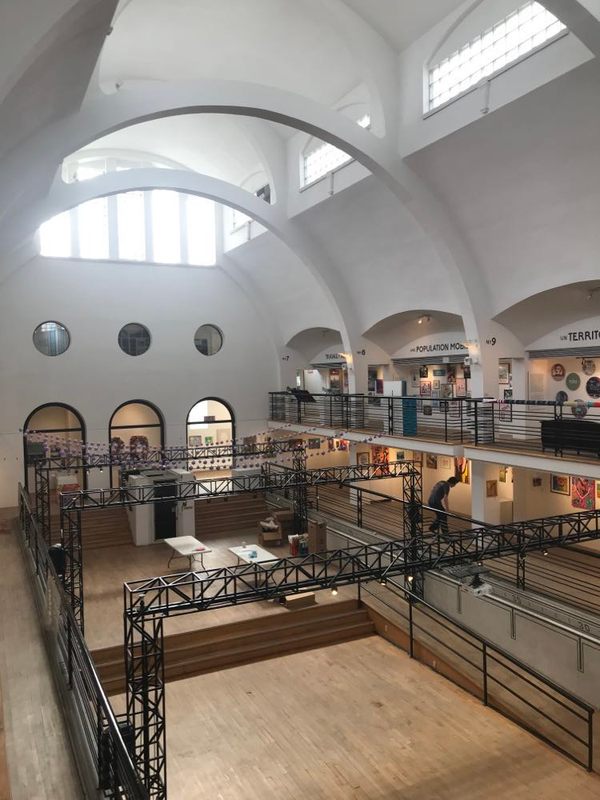


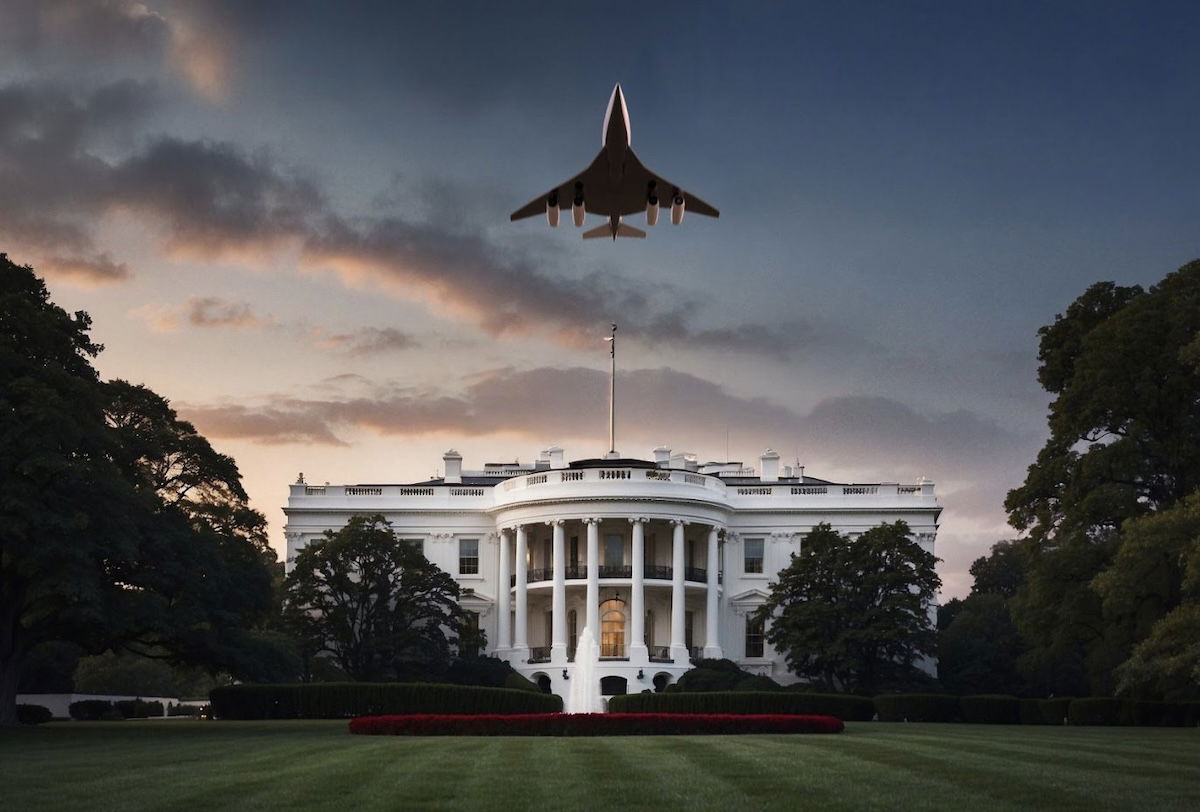




















































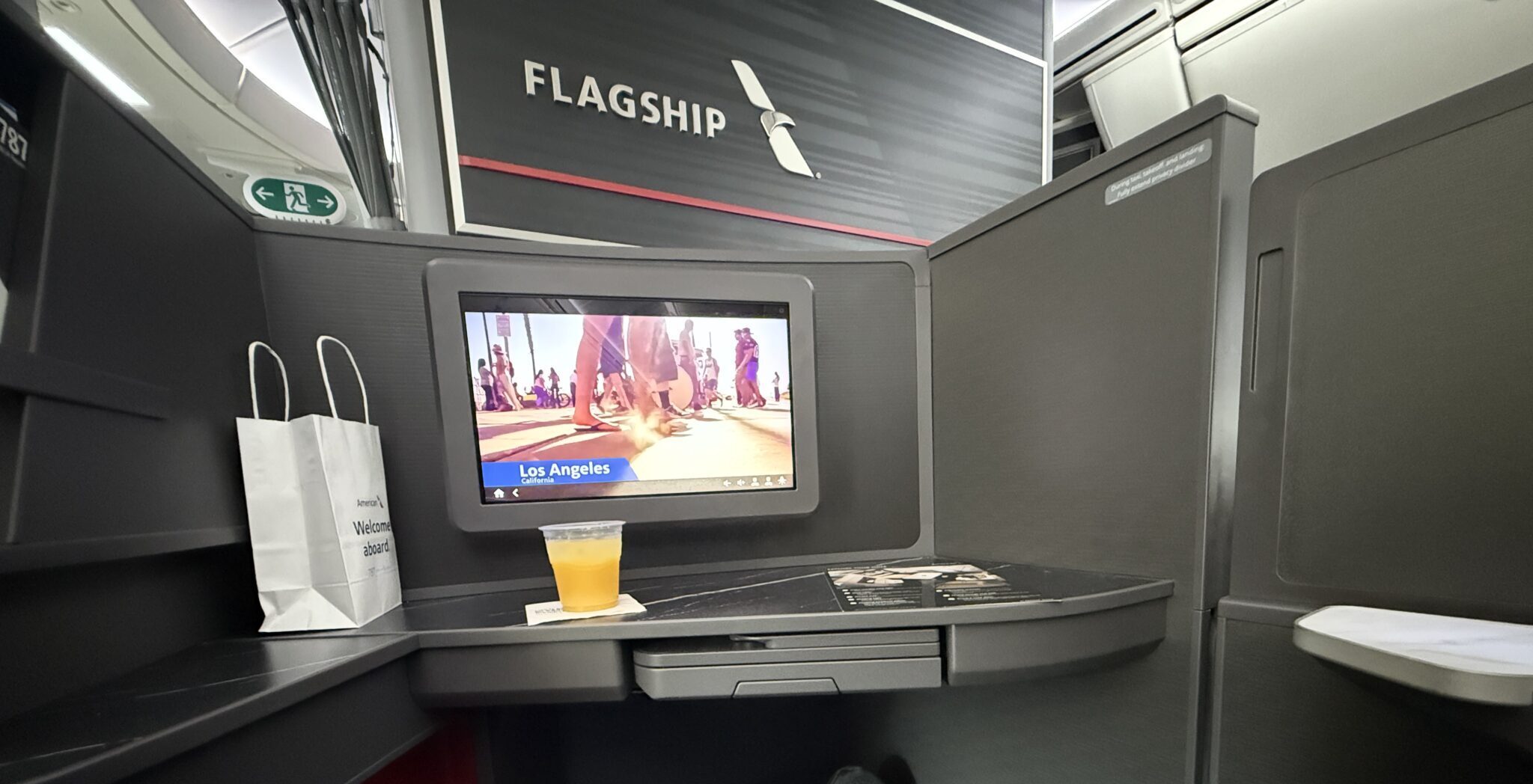










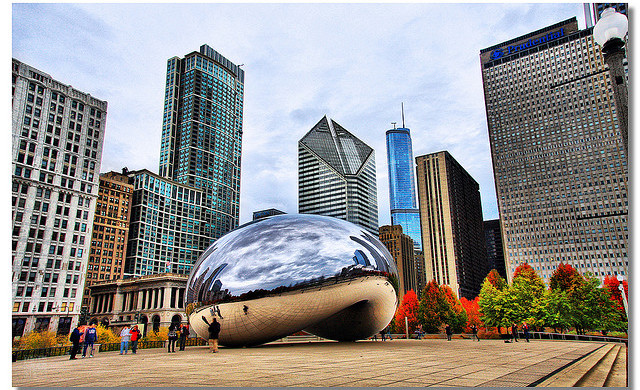















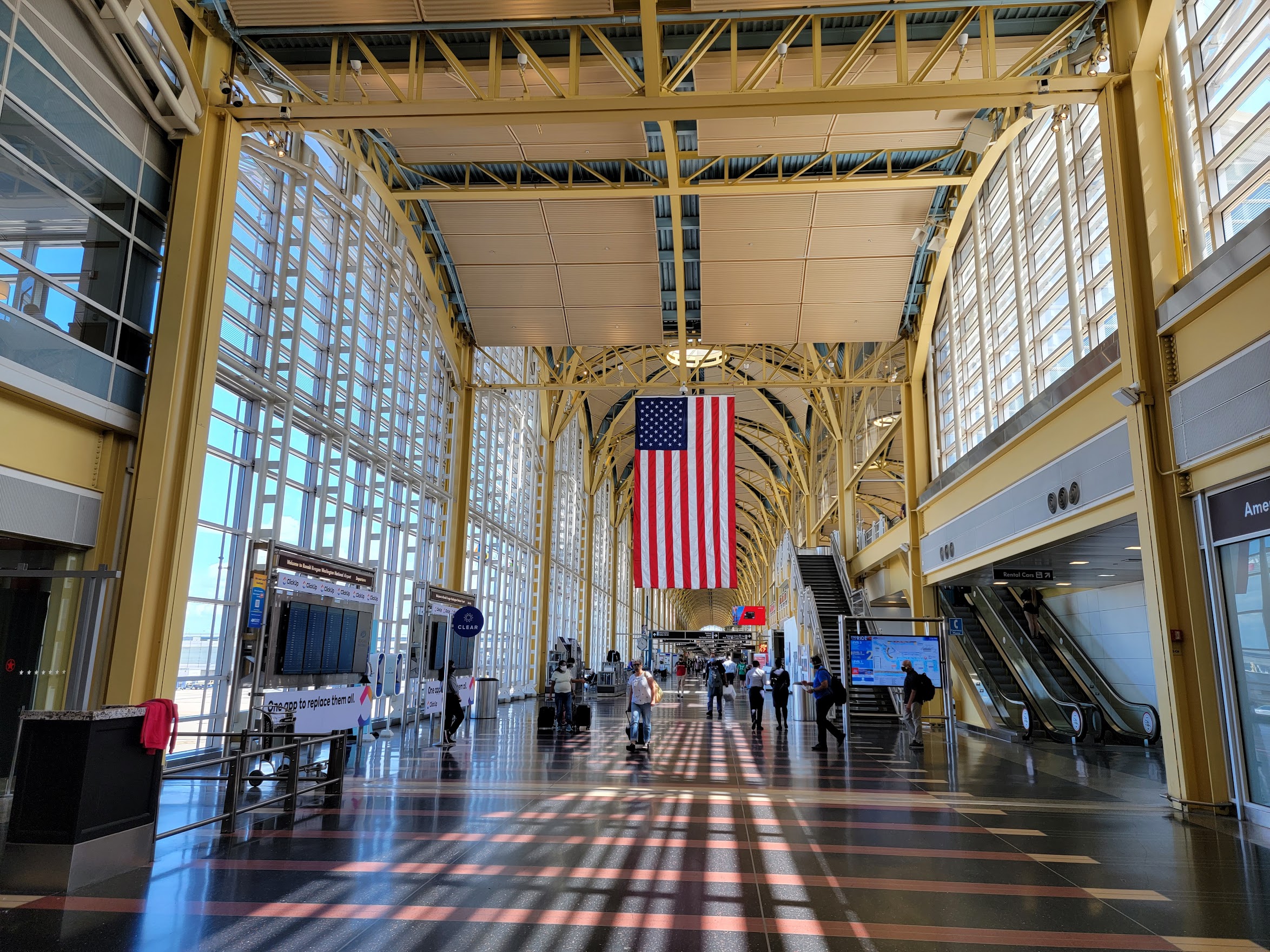
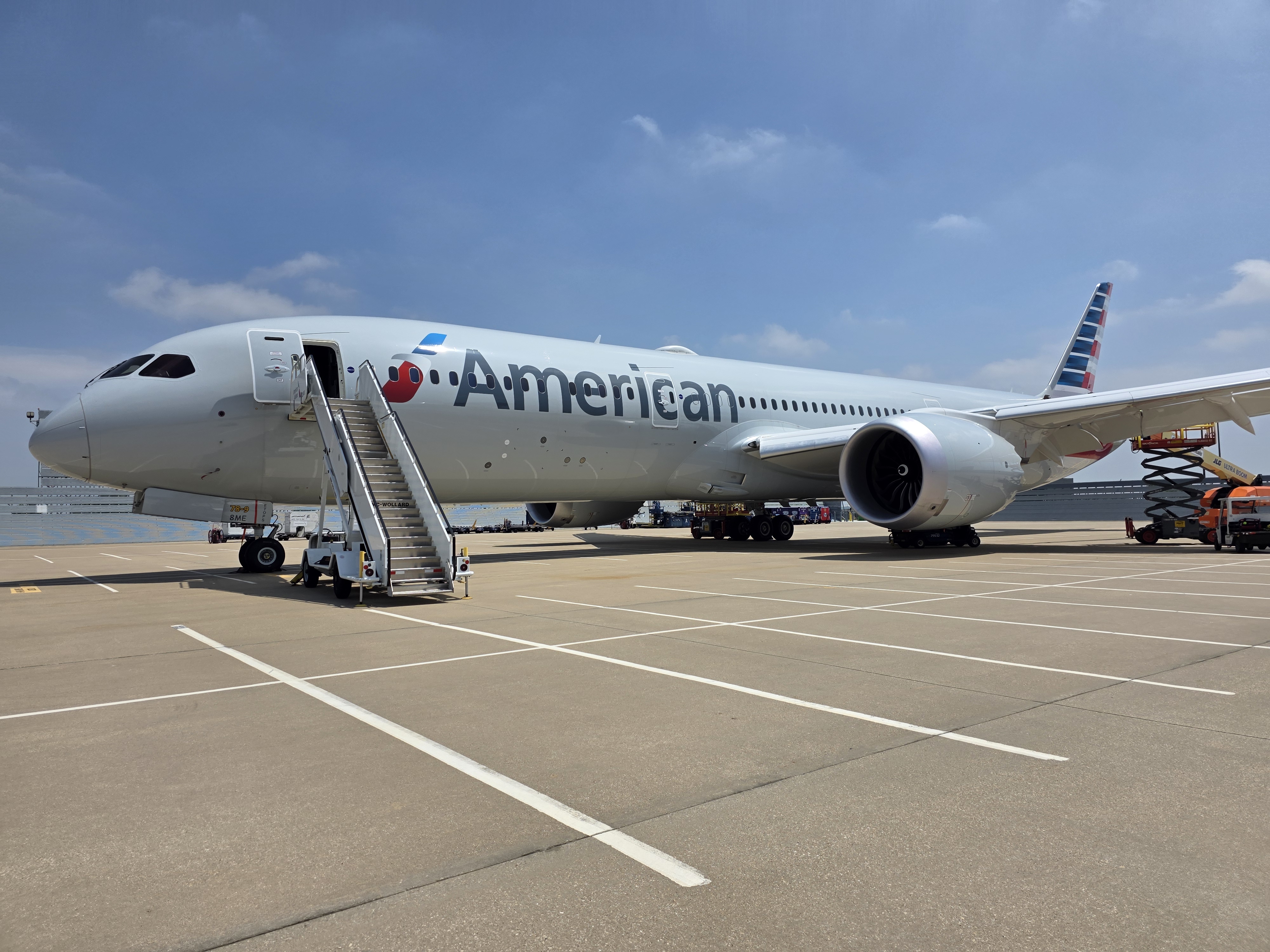
![United Quietly Revives Solo Flyer Surcharge—Pay More If You Travel Alone [Roundup]](https://viewfromthewing.com/wp-content/uploads/2025/04/united-737-max-9.jpg?#)

























































































